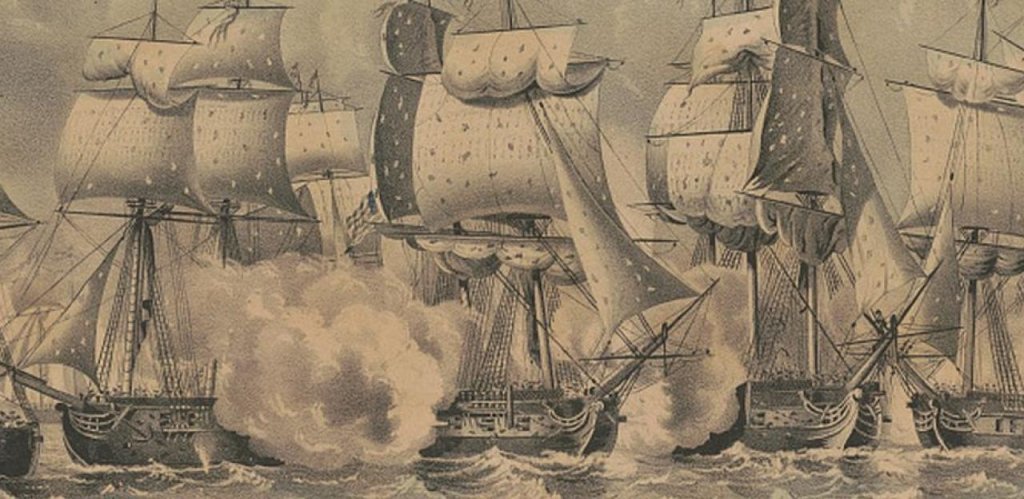The War of 1812 is probably the least-known war the United States fought in its early days. There might be a number of reasons for this. The war was fought against the British, and much of it was fought in Canada and the Great Lakes regions. It might also be because it gives Canada one-up against any American who calls Canada “the 51st state.”
There was a lot to be proud of, but there was also a lot Americans would likely rather forget. Chief among those embarrassing historical moments was Gen. William Hull’s surrender of Fort Detroit in Michigan to an inferior British force.
The British, led by Maj. Gen. Isaac Brock used a massive deception effort to bully Hull into surrendering the critical position to the British without firing a shot. Hull infamously complied with Brock’s surrender demand, despite having a numerically superior force in a fortified position.
Having taken Fort Detroit and having the superior naval force on the Great Lakes meant the British would control Upper Canada, the Great Lakes, and the Michigan Territory for a good chunk of the war. They also got the American arms and supplies held by the fort. British ally Tecumseh was able to rally more and more natives to the anti-American cause and Brock was able to threaten upstate New York.
Hull was court-martialed and sentenced to death, a sentence commuted by President James Madison. Here are the three dirty intimidation tactics Brock used to cower Revolutionary War veteran William Hull.

1. They used old British uniforms
The total number of British forces attacking Fort Detroit was around 1,330 and the bulk of Isaac Brock’s forces were militia members, not the vaunted British regulars that might make Americans think twice about attacking – or in this case, defending. He did have some 300 British regulars, but not enough to get the psychological effect he wanted, so he used their old cast-off coats.
He dressed his Essex militiamen in as many red British uniforms as he could find, making his force appear to the Americans as though the majority of his forces were veteran British Redcoats, which the Americans were not thrilled to tangle with.
2. The British tried to look like they had more men
To add to the illusion of facing a large force of British Redcoats, he had his men create individual campfires instead of one per unit, making the Americans believe there were many more men in general. It’s a very old trick, one used throughout history’s greatest battles but Hull wasn’t expecting it. It would work like a charm.
In addition, the men of the militia would march across the Americans’ field of view, then duck under their defenses then run back to the end of the line and reform to march past again. They did this as they were going to camp meals as well, picking their rations, then marching out of sight, dumping their food and repeating the same action.

3. Brock played on the Americans’ fear of Natives
The British Canadian force had an accompaniment of 600 native warriors under native leader Tecumseh. Captured dispatches from the American fort revealed that the U.S. troops were alarmed at the number of Braves fighting with the British forces. Brock sent a letter to the main British command in the area stating that food reserves were running low at his encampment, due to the 5,000 Indians in the camp. The Americans believed there were 5,000 there.
So when Brock sent his surrender demand to Hull, he played up their strength and played on the Americans’ fears, saying, “It is far from my intention to join in a war of extermination, but you must be aware, that the numerous body of Indians who have attached themselves to my troops, will be beyond control the moment the contest commences.”


